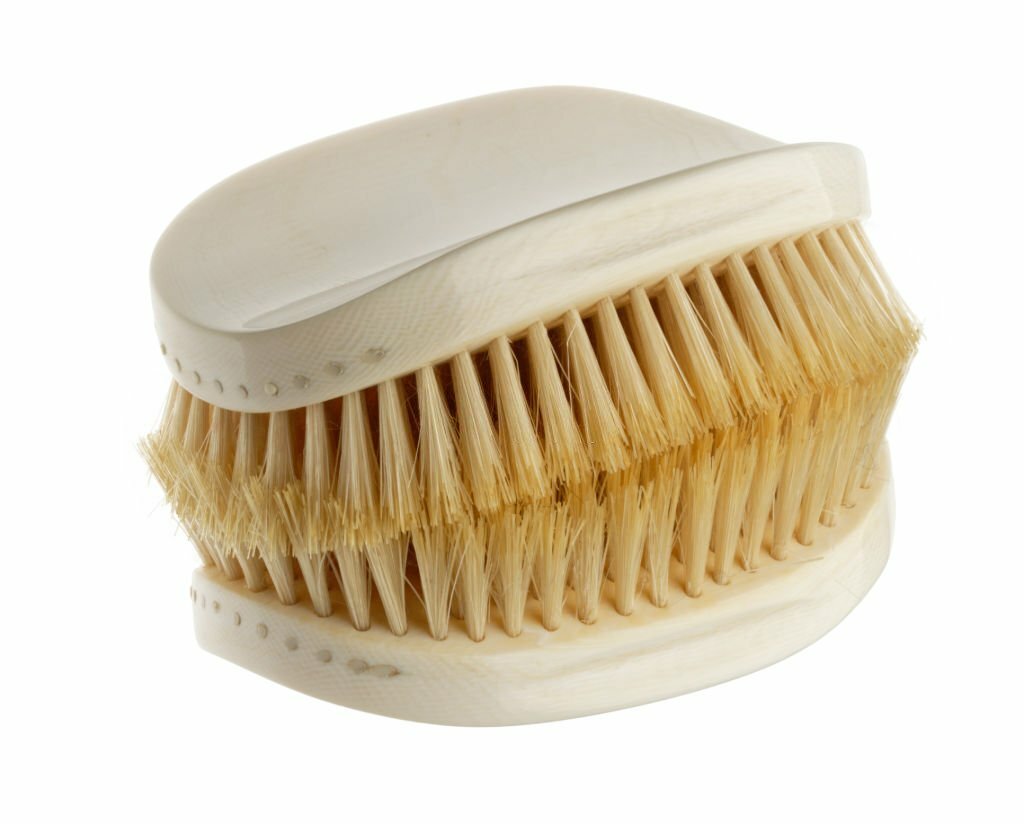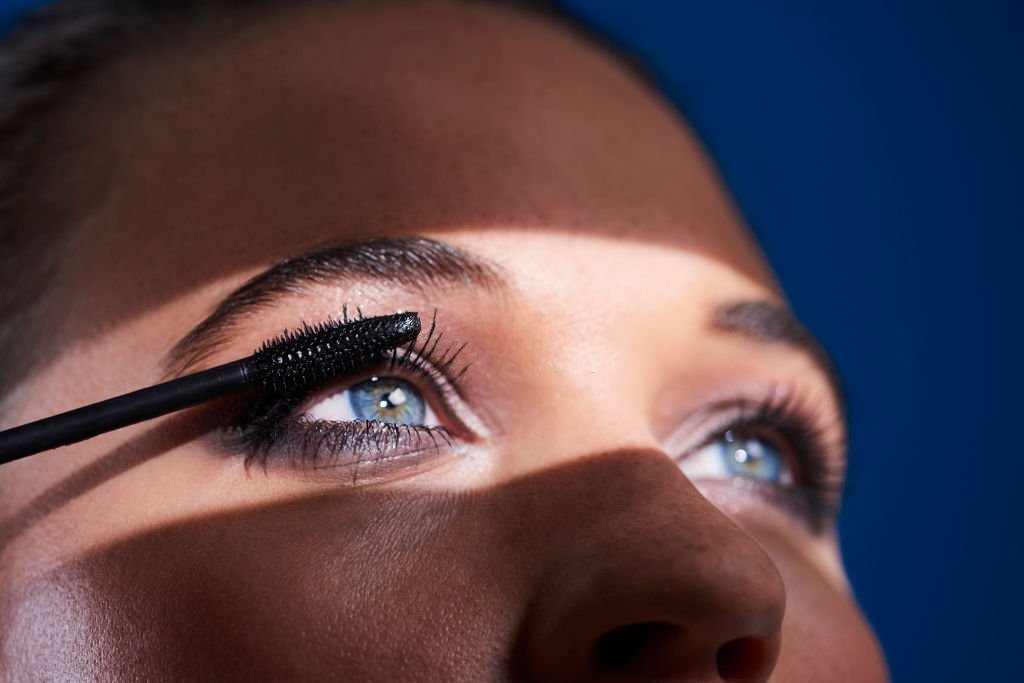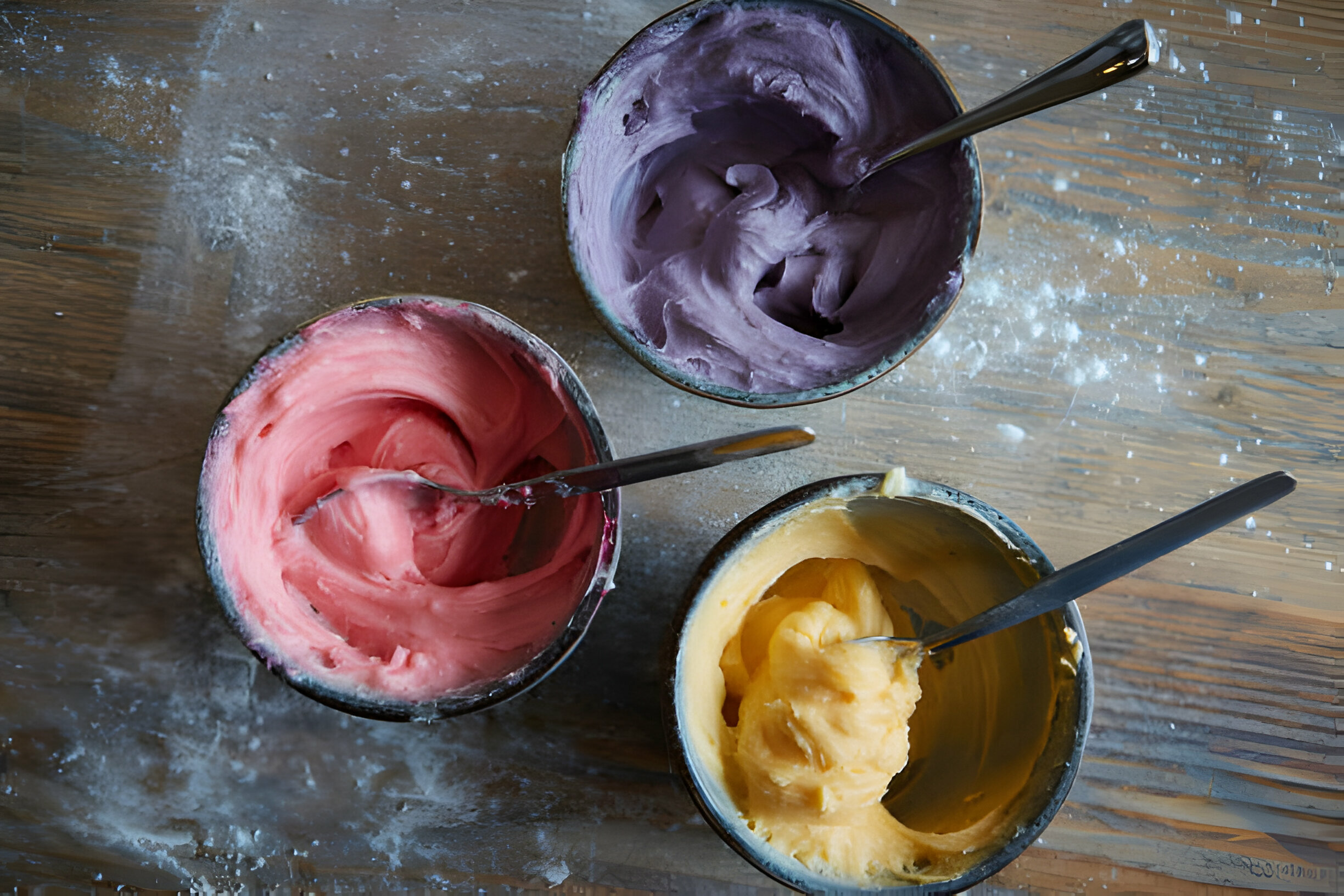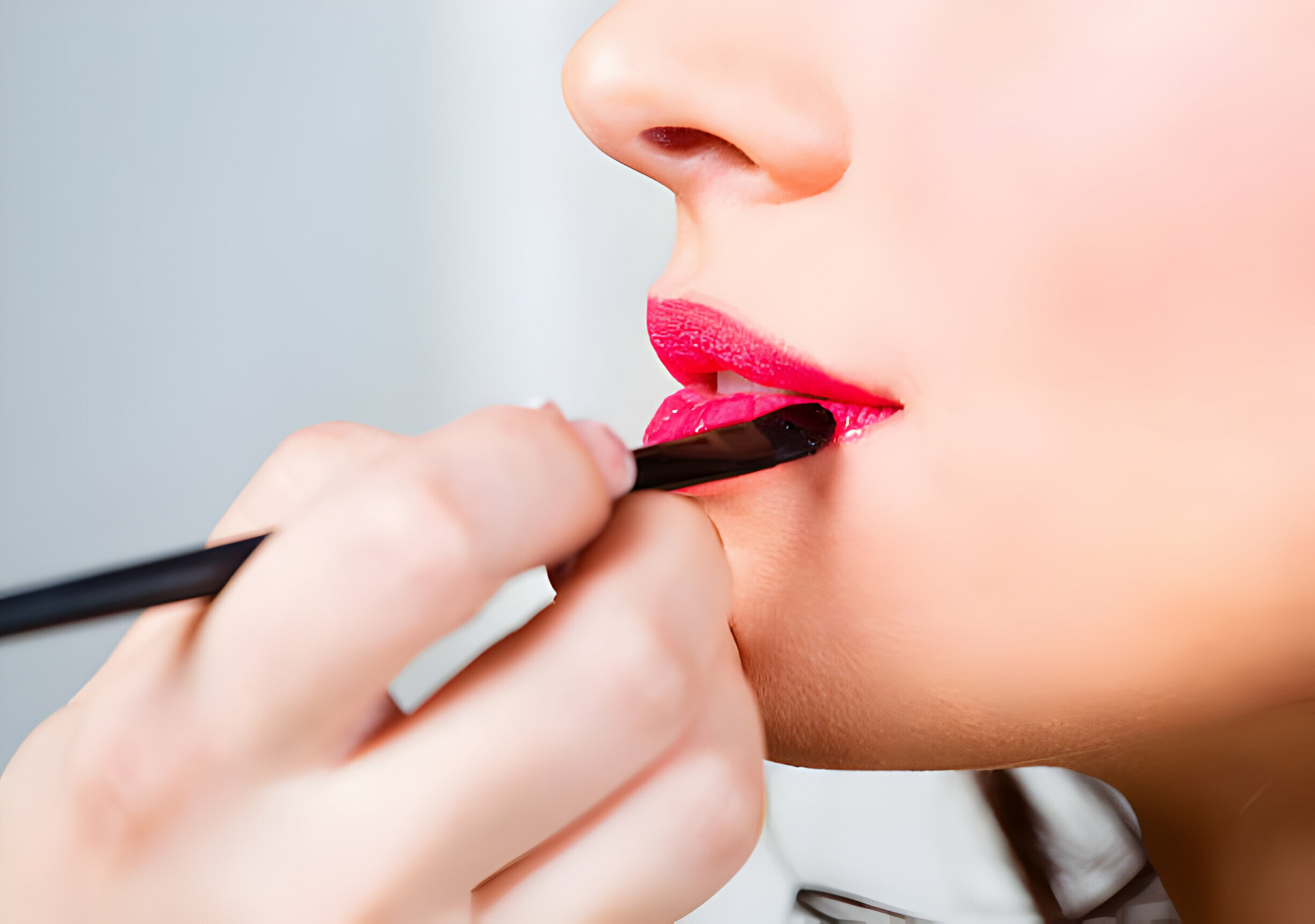How To Clean A Wave Brush?
Wave brushes are essential tools for achieving and maintaining stylish, well-defined waves in hair. However, like any grooming accessory, wave brushes require regular cleaning and maintenance to ensure their effectiveness and hygiene.
Cleaning a wave brush extends its lifespan and safeguards against dirt, oil buildup, and bacteria that can compromise the brush’s and hair’s health. Understanding the proper methods for cleaning these brushes is pivotal in preserving their functionality and ensuring your hair remains on point.
The article will explore How to clean a wave brush. We will delve into the necessary steps & techniques for efficiently cleaning a wave brush and ensuring that your grooming routine remains top-notch.
What Is A Wave Brush?
A wave brush is a specialized grooming tool designed to help people achieve and maintain stylish, defined waves in their hair. These brushes typically feature dense and firm bristles, often made from natural materials like boar hair or synthetic fibers arranged in a pattern to encourage wave formation.
The bristles in wave brushes are crafted to effectively distribute natural oils throughout the hair while stimulating the scalp, promoting blood flow, and encouraging natural wave formation. They also assist in styling for a polished and neat appearance. These brushes come in various shapes, sizes, and materials, allowing users to customize their grooming experience based on their hair type, wave pattern, and styling preferences.
Wave brushes are more popular among individuals seeking to create or enhance their natural wave patterns. They are commonly used with specific hair products to train the hair and create the desired wave pattern.
How To Clean A Wave Brush?
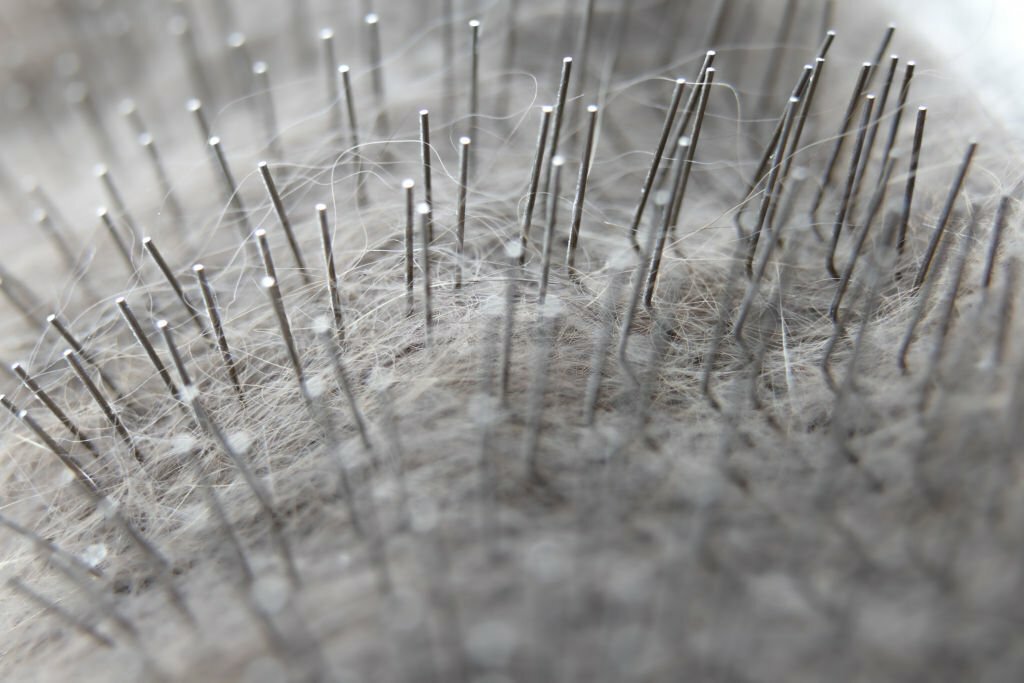
Cleaning a wave brush is crucial for maintaining its effectiveness and hygiene. Here’s a step-by-step guide to cleaning your wave brush:
Removing Hair And Debris From The Brush
Cleaning your wave brush begins with removing hair and debris accumulated during use. Start by gently pulling out any loose hairs trapped between the bristles. Use a comb or your fingers to loosen and extract the hair, taking care not to damage the bristles. Removing this initial debris is essential to ensure a more effective cleaning process in the subsequent steps.
Pre-soaking The Brush In Warm, Soapy Water
The next step in revitalizing your wave brush involves a pre-soaking process. Fill a basin or sink with warm water and add a mild shampoo or brush cleaner. The warm water helps to soften any dried-on products, making them easier to remove. Allow the brush to soak for at least 10-15 minutes, giving the cleaning solution time to break down oils, styling products, and residue that may have built up over time.
Gently Scrub The Bristles With A Soft Brush Or Toothbrush.
After the pre-soaking period, gently scrub the bristles with a soft-bristle brush or an old toothbrush. Work in small, circular motions to dislodge any remaining residue. Pay close attention to the base of the bristles, where product buildup is common. Clean between each row thoroughly if your brush has multiple rows or levels. Be careful not to apply excessive pressure, as this may damage the bristles or the base of the brush.
Rinsing thoroughly To Remove Soap And Residue
Once you’ve finished scrubbing, thoroughly rinse the brush under warm running water. Ensure that all soap and residue are completely washed away. Hold the brush at an angle to allow water to flow through the bristles, flushing out any remaining debris. Continue rinsing until the water runs clear, indicating the brush is free from cleaning agents.
Allowing The Brush To Air Dry Completely
The final step in the cleaning process is to allow the wave brush to air dry completely. Shake off any excess water and place the brush on a clean towel or cloth with the bristles facing down. This position helps gravity drain any remaining water and ensures proper drying. Avoid using heat or direct sunlight to speed up the drying process, which may damage the brush or compromise its integrity. Depending on the climate, drying times may vary, but it is crucial to wait until the brush is fully dry before using it again to prevent mold or mildew growth.
Why Is Cleaning A Wave Brush Important?
Cleaning a wave brush is crucial for several reasons. Some of the most important reasons are as follows:
- Preventing Product Buildup: Hair care products such as styling gels, pomades, and oils can leave residues on the bristles of the wave brush over time. Regular cleaning removes these residues, preventing product buildup that could affect the brush’s performance.
- Maintaining Hygiene: Hair brushes can accumulate dead skin cells, oils, and other debris from the scalp and hair. If not cleaned regularly, the brush becomes a breeding ground for bacteria. Cleaning helps maintain hygiene, preventing potential scalp and skin issues.
- Preserving Hair Health: A clean brush ensures you’re not redistributing old products and debris back into your hair. Using a dirty brush can transfer accumulated oils and residues, affecting your hair’s overall health and cleanliness.
- Optimizing Styling Results: A clean wave brush is more effective in training and defining waves in the hair. Residue on the bristles can interfere with the brush’s ability to properly grip and shape the hair. Cleaning ensures optimal performance for achieving the desired wave pattern.
- Preventing Unpleasant Odors: Over time, product residues and trapped debris can lead to unpleasant odors emanating from the brush. Cleaning eliminates these odors, leaving the brush fresh and ready for use.
- Increasing Longevity: Regular cleaning contributes to the longevity of your wave brush. Residues and debris can weaken the bristles and affect the structural integrity of the brush. Keeping it clean enhances its durability and ensures a longer lifespan.
- Enhancing the Overall Grooming Experience: A clean wave brush gives a more pleasant grooming experience. It feels better on the scalp, provides smoother strokes through the hair, and allows for a more enjoyable styling process.
Alternate Methods Of Cleaning A Wave Brush
Besides the traditional cleaning method mentioned earlier, here are a few alternative methods you can use to clean a wave brush:
Vinegar Soak
- Create a cleaning solution using equal parts of warm water and white vinegar.
- Submerge the wave brush in this solution for a few minutes to help break down oils and product buildup.
- After soaking, rinse the brush thoroughly under lukewarm water.
- Allow it to air dry.
Baking Soda Paste
- Make a paste using baking soda and water. Apply this paste directly to the bristles of the wave brush.
- Gently scrub the bristles using an old toothbrush or your fingers to effectively remove dirt, oils, and residues.
- Rinse the brush thoroughly with water and let it air dry.
Rubbing alcohol
- Pour rubbing alcohol into a spray bottle.
- Spritz the alcohol onto the bristles of the wave brush, ensuring it’s adequately dampened but not soaked.
- Gently rub the bristles with your fingers.
- Wipe the bristles, removing dirt and residues.
- Allow the brush to air dry completely before using it again.
Other Maintenance Considerations
Apart from regular cleaning, several maintenance practices can help ensure the longevity and effectiveness of your wave brush:
- Regular Inspection: Periodically inspect the brush for signs of wear and tear, such as loose bristles or damage to the handle. Replace the brush if bristles are excessively worn out or damaged to maintain optimal functionality.
- Proper Storage: Store your wave brush in a clean, dry place away from humidity and direct sunlight. Avoid storing it in a closed, damp environment to prevent mold or mildew growth. Consider using a brush cover or a designated case to protect the bristles from dust and damage.
- Avoid Heat Exposure: Keep the wave brush away from direct heat sources such as sunlight. Excessive heat can damage the bristles, especially those made from natural materials.
- Trim Loose Bristles: Trim loose or frayed bristles using small scissors to prevent them from catching on hair or causing discomfort during brushing.
- Rotate Brushes: If you use multiple wave brushes, rotate their usage to distribute wear evenly. This can prolong the lifespan of each brush.
Common Mistakes To Avoid While Cleaning
When cleaning a wave brush, there are several common mistakes to avoid to ensure proper maintenance and longevity of the wave brush:
- Soaking in Hot Water: Using hot water for cleaning might damage the bristles, especially if they are made of natural materials like boar hair. Stick to lukewarm water to prevent damage to the brush.
- Using Harsh Chemicals: Avoid strong chemicals or harsh cleaning agents as they can damage the bristles or the brush handle. Stick to mild soap, shampoo, vinegar solutions, or baking soda paste for cleaning.
- Skipping Regular Cleaning: Neglecting regular cleaning can lead to excessive dirt, oils, and residues on the brush, making it less effective and compromising hygiene.
- Not Rinsing Thoroughly: Failing to rinse the brush properly after cleaning can leave behind soap or cleaning solution residue, which may cause discomfort or stickiness in the hair when using the brush.
- Submerging the Entire Brush: While soaking the bristles is necessary, avoid submerging the entire brush, mainly if it has a wooden handle. Water can damage the handle or cause it to weaken over time.
- Using High Heat for Drying: Avoid placing the brush near direct heat sources for drying. Excessive heat can damage the bristles if they are made of natural materials.
FAQs
How Often Should You Replace Your Wave Brush?
You should replace your wave brush every 6 months or when you notice significant bristle damage, loss of effectiveness in styling, or if it is no longer effectively cleaning due to accumulated residue or buildup.
Why Is My Wave Brush Cracking?
Your wave brush may be cracking due to prolonged exposure to heat, harsh chemicals, or excessive force during use, compromising its structural integrity.
How Often Should You Wash Your Wave Brush?
It is recommended to wash your wave brush at least once a week to maintain cleanliness and optimal performance.
Should a wave brush be hard?
No, a wave brush should have firm but flexible bristles; it shouldn’t be overly hard to prevent scalp irritation and hair damage.
What should I look for in a wave brush?
Look for a wave brush with firm yet flexible bristles, suitable for your hair type and an ergonomic design for comfortable use in creating and maintaining waves.
Conclusion
Maintaining a clean wave brush is essential for effective hairstyling and overall hygiene. Regular cleaning not only prolongs the brush’s lifespan but also ensures that it continues to deliver optimal results by keeping it free from dirt, oils, and product buildup. Avoiding common cleaning mistakes, following proper techniques, and incorporating regular maintenance practices will help preserve the functionality and longevity of your wave brush.
Monique Valeris
Monique Valeris is a prominent house editor with a keen eye for design and a passion for creating warm and stylish interiors. With a wealth of experience and a fresh perspective, she blends contemporary trends with timeless elements to create aesthetically pleasing and functional spaces. Valeris's editorial contributions extend beyond the printed page, engaging with her audience through various platforms to share insights and tips. Her ability to effortlessly blend different design styles and her dedication to promoting inclusivity within home aesthetics set her apart as a leader in the field.

